LCA study reveals radiocarbon dating of archaeological site corresponds to Biblical accounts
A study by the Lanier Center for Archaeology at Lipscomb published in academic journal sparks responses from biblical allies and adversaries.
Keely Hagan | 615-966-6491 |
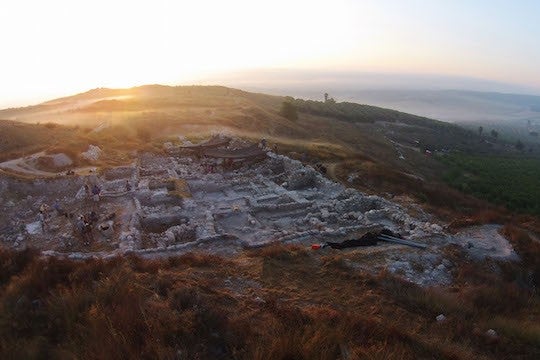
Sunrise over the field of excavation in Tel Gezer.
In the world of archaeology, where every layer of soil holds stories waiting to be discovered, the Tel Gezer Excavation Project in central Israel, led by the Lanier Center for Archaeology (LCA) at Lipscomb, has emerged as a beacon of impactful research.
Most recently, the center’s radiocarbon dating results from the excavation site show that its chronology corresponds to historical events from written sources—including the Bible. LCA’s results were recently published in the prestigious, peer reviewed scientific journal PLOS One, a testament to the LCA’s high-level recognition within the academic community.
Within a mere two days of its release, the findings from the Tel Gezer Excavation Project rippled through scholarly circles, sparking responses and contributing significantly to ongoing conversations and debates. Several more academic journals as well as popular periodicals took note of the PLOS One article about the LCA study, including Haaretz, Phys.Org, Science Daily, Newsweek, Armstrong Institute of Biblical Archaeology and others, as well as The Jerusalem Post, Israel’s English news website.
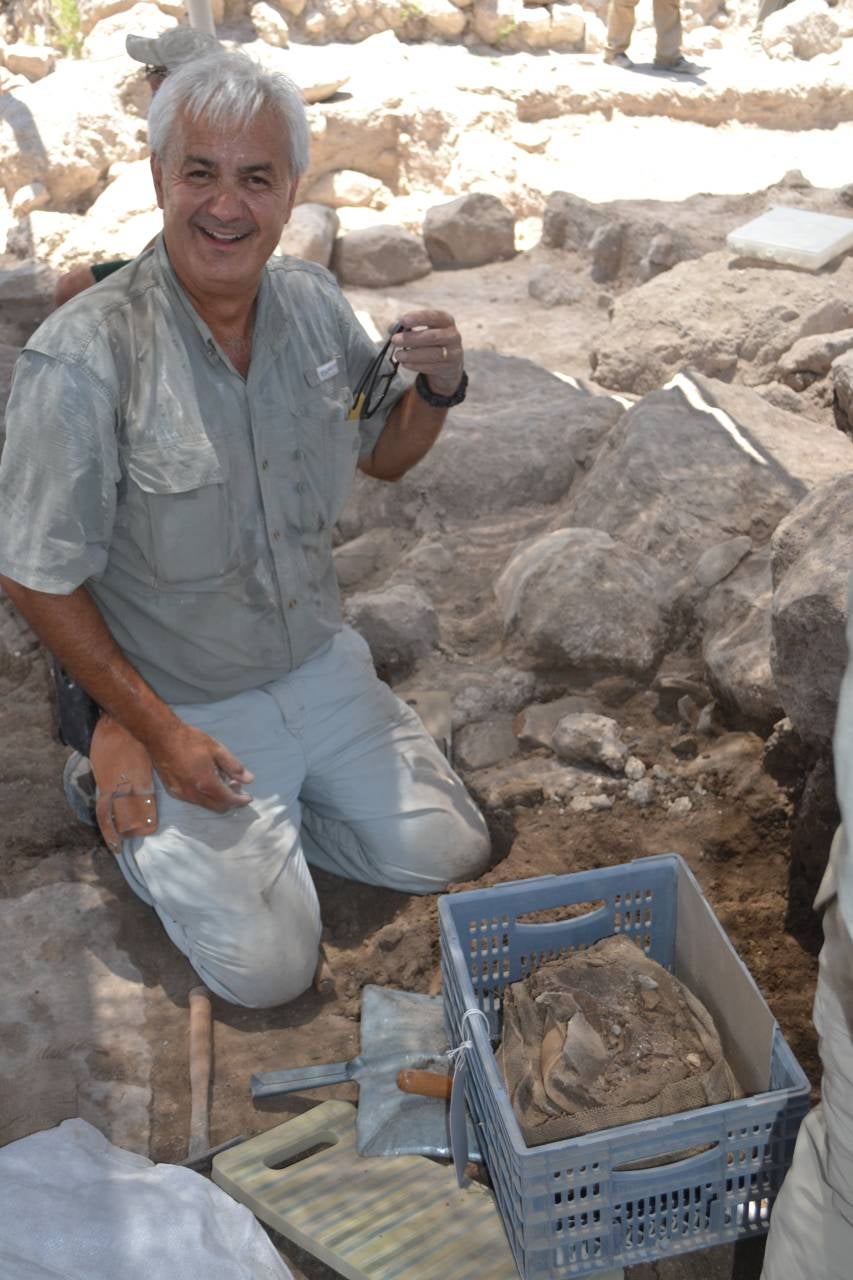
Steve Ortiz
Results of many important studies from Tel Gezer are being released as the excavation project is in its publication phase. What distinguishes this particular study is the findings from multilayered radiocarbon dating–known as C-14 dating, a scientific method that can help determine the age of organic materials. The LCA’s C-14 dating research reveals that the site corresponds to historical events from written sources, including the Bible.
These results allow researchers for the first time to independently determine the site’s chronology, test proposed historical correlations and contribute to debates on Israelite, Philistine and Iron Age chronology. Dating the layers of history uncovered at Tel Gezer is significant because the findings extend far beyond the archaeological realm, says Steve Ortiz, director of the LCA and director of the Tel Gezer Excavation Project.
“There’s a debate on the historicity of biblical texts,” says Ortiz. “Using C-14 dating, our study has sparked the interest and conversations of those on both sides of the debate.”
The ancient city of Gezer is located in the foothills of the Judaean Mountains, roughly midway between Jerusalem and Tel Aviv. It is often mentioned in Egyptian, Biblical and Assyrian sources and is associated with power struggles, conquests and intriguing tales involving figures such as Solomon, his unidentified pharaonic father-in-law and the Egyptian pharaoh Merenptah among others.
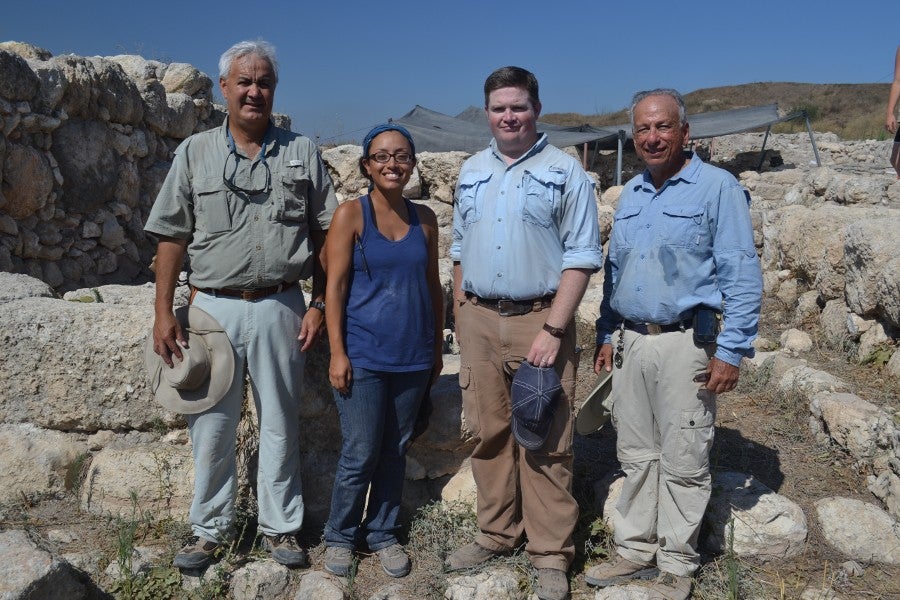
Ortiz, Barbosa, Wolff, Cameron Coyle
Ortiz is the principal investigator and co-director, along with Sam Wolff of the Israel Antiquities Authority, of the Tel Gezer Excavation Project. Though previously excavated, Gezer offers so much to learn from its location, long life and storied history that Ortiz and Wolff initiated the 2006-2017 project that produced an important sketch of the life of the Judean city.
“This is a major research project with many moving parts,” Ortiz says, noting the involvement of several key contributors including scholars from universities in various countries, all playing vital roles in different facets of the research.
The intense field work that spanned four to five weeks each summer for 10 years provided not only valuable insights but also a pool of dedicated students contributing their efforts. Students in the LCA programs at Lipscomb are required to engage in field work, where they are given opportunities to gain hands-on experience, often in specific aspects of their particular interests, according to their level of expertise. Four Lipscomb Ph.D. students are working on major aspects of the Gezer project, Ortiz said.
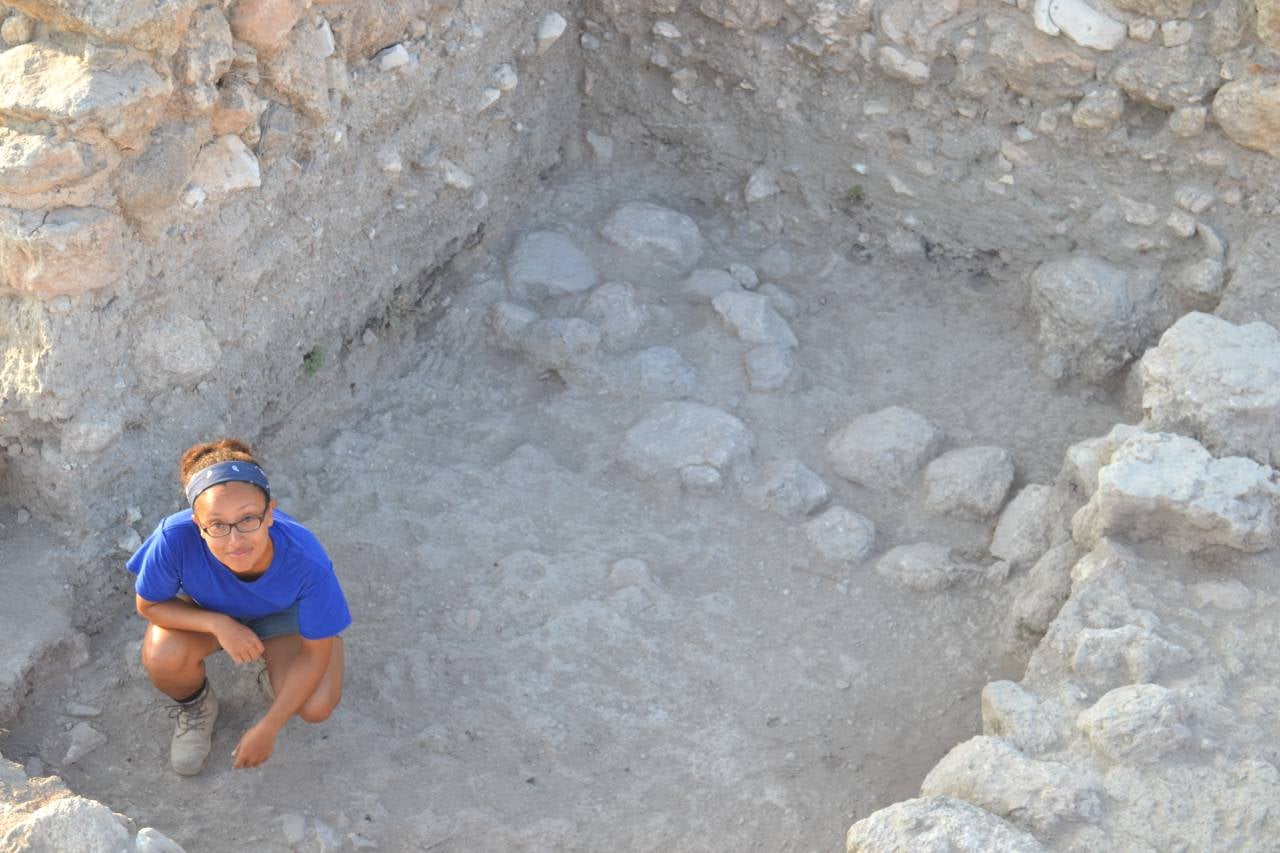
Marcella Barbosa
In ten years of field work, the excavation teams discovered about 15 layers of occupation in Gezer and were able to collect radiocarbon samples from most layers, says Marcella Barbosa, collections manager and educational coordinator of the LCA, and doctoral candidate in the archaeology of the Ancient Near East program.
“Finding radiocarbon samples is not a guarantee on a dig,” she says. “Consistency, layer after layer, can be rare. Each summer we uncovered one-to-three layers in the same location, carefully processing and recording our methods. We were able to contribute a long list of samples that met requirements for research.”
Having begun as a student volunteer, Barbosa advanced to a lead role on the field work team in the summers of 2016 and 2017 and now serves on the publication staff for the Tel Gezer Project.
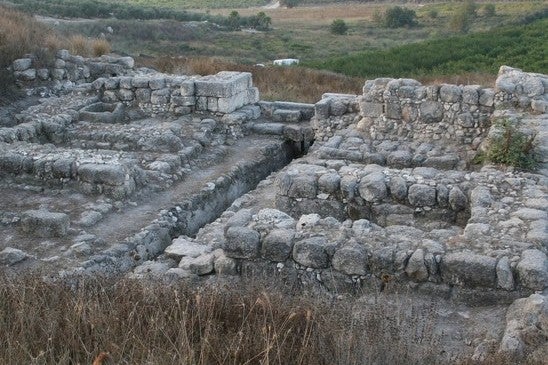
Solomonic Gate
The meticulous process of interpreting the wealth of data collected in the field is expected to continue for years. Ortiz says that for every year working in the field, it takes two years to prepare to publish. Research results of the project will be published throughout the lengthy process.
“The commitment to presenting accurate and comprehensive findings is evident, with each artifact holding a key to unraveling the mysteries of Tel Gezer’s past,” says Ortiz. “This is more than academic exercise, it’s a collaborative effort to reconstruct history and contribute to scholarly discourse.
“Our exploration of the Tel Gezer Excavation Project is a journey into the past, guided by a team of dedicated researchers unearthing the secrets buried beneath the layers of time. The impact of their work reverberates not only within the academic community but also in shaping our understanding of the historical tapestry woven at Tel Gezer.”
Learn more: Facts About the History of Ancient Gezer
The Lanier Center for Archaeology at Lipscomb was founded in 2020 when internationally renowned archaeology scholars Dr. Steven Ortiz and Dr. Tom Davis launched the center with the mission to conduct archaeological research. The focus of this research is primarily archaeology of the biblical world, expanding to the Ancient Near East and the eastern Mediterranean world. The LCA supports seven projects in Israel, Cyprus, Egypt, Jordan, Sudan and Kazakhstan. These projects span the second millennium BC/BCE to Late Antiquity, and one project dates to the Middle Ages.
The LCA offers a Ph.D. in Archaeology of the Ancient Near East, a Master of Arts in Archaeology and Biblical Studies, and a Minor in Biblical Archaeology. The academic program (SACSCOC accredited) is housed in Lipscomb’s College of Liberal Arts & Sciences, with an active relationship with the Hazelip School of Theology. Multiple projects in different countries support the mission of the LCA. For more information about The Lanier Center for Archaeology at Lipscomb.